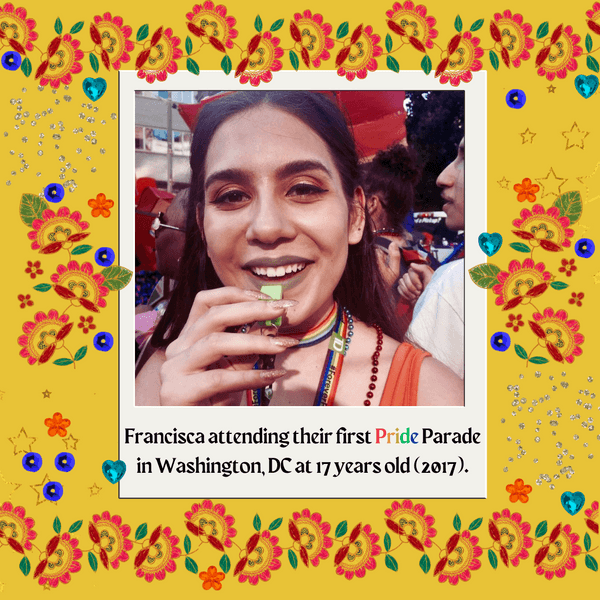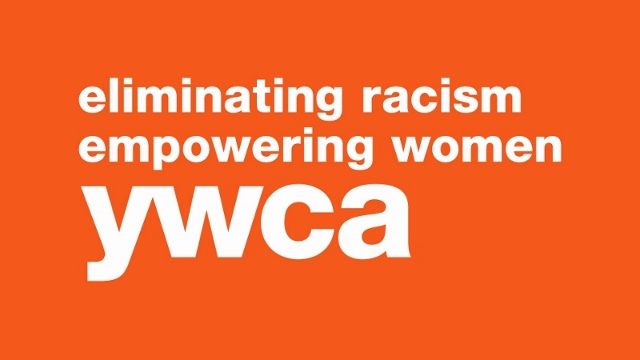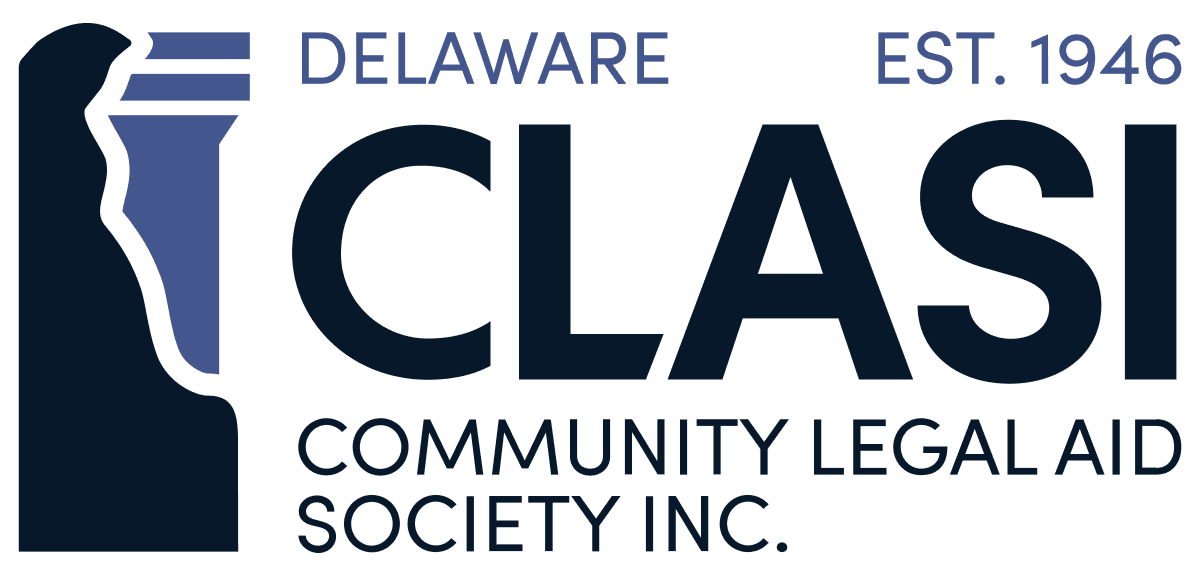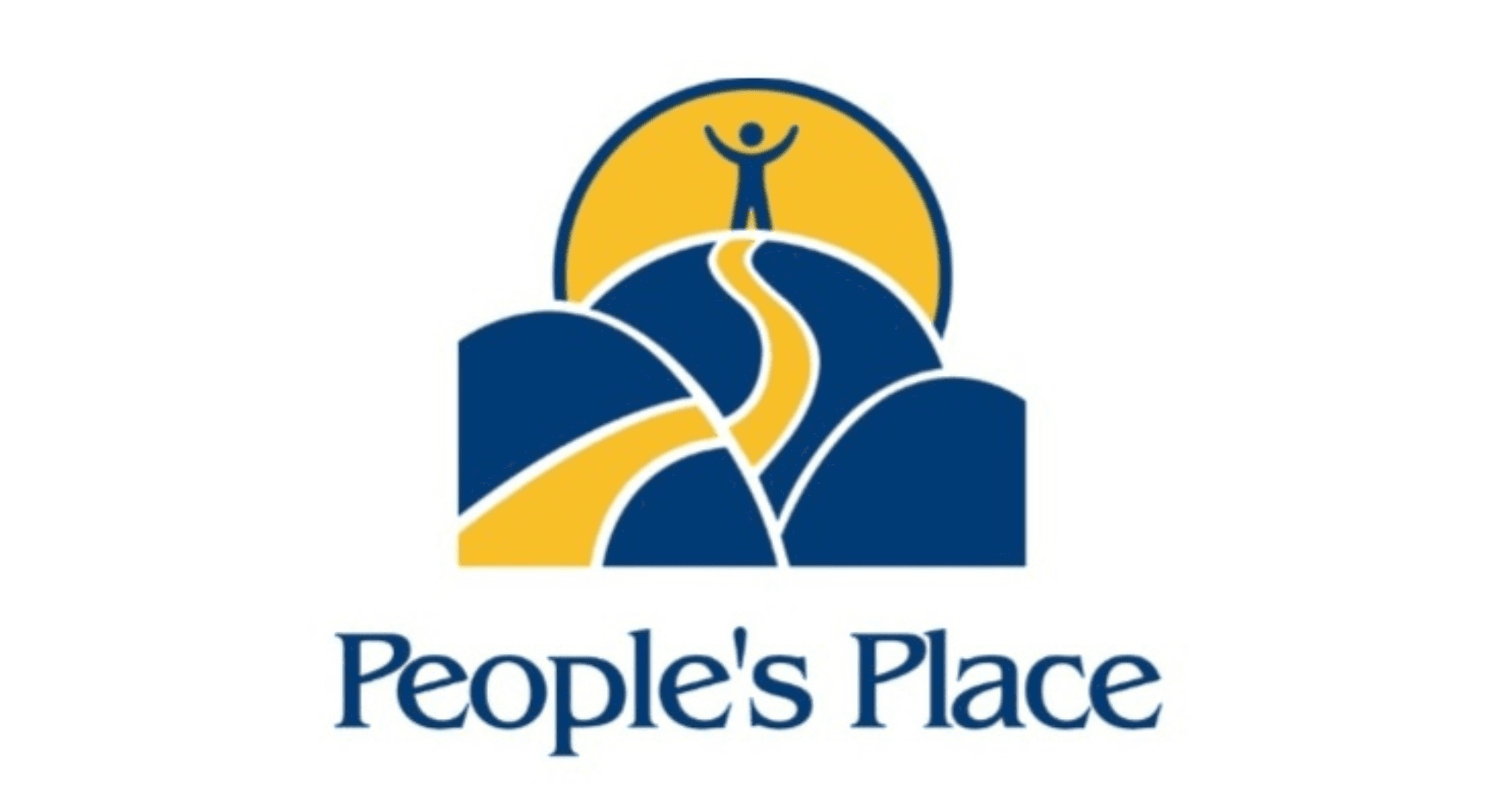From Storks to Safe Adults: Empowering Teens through Comprehensive Sex Ed
Francisca Moreno (they/them/theirs), Trainer and Educator | Domestic Violence Coordinating Council (DVCC)
I was 18 years old when my Dad asked me, “How do you think babies are made?” Of course, I replied “Sex.”
My Dad, an immigrant from Central America, responded, “Absolutely not. You were brought to us by a stork as a baby, you don’t know what you’re talking about!” I had a secret boyfriend of 3 years at the time and was a huge fan of “Orange is the New Black,” I knew what I was talking about.
That anecdote is both funny and an extreme example of how lacking my sex education was growing up. I lived in a “progressive” county in Maryland yet, I had little to no information on what it means to have a healthy relationship. Additionally, my family has traditional ideas on whether or not to discuss sex, which further hindered my access to information. Think about the first time you learned about sex. Was it from a family member? A peer? YouTube? Porn? Reflecting on your first messages surrounding sex, how reliable would you rate that messenger?
Comprehensive Sex Education is a preventative strategy against teen dating violence and sexual violence. According to the National Sexual Violence Resource Center, “Comprehensive Sexuality Education addresses the majority of sexual violence risk factors…and reaches youth at a developmentally appropriate age, thus making it an effective strategy for reducing sexual violence perpetration.” Research shows that this could be modeled with children early in a child’s development. This could look like using anatomically correct terms with children in their toddler years (The Mayo Clinic). Using anatomically correct language is an important sexual abuse prevention tool (Stewards of Children Delaware). For example, teaching children the names of their genitals using anatomically correct language like penis or vagina, with no implied silliness. As a Latino, there are a lot of slang words used for genitals because there is discomfort with being direct, which can make disclosing sexual abuse to an adult nearly impossible. It is normal to teach children the names of other body parts such as knees, shoulders, and nose, these body parts should be no different. Another example of age-appropriate sex education is teaching and modeling consent. Teaching children that they have the option to say no to hugs or kisses sets a strong foundation for setting boundaries and preserving bodily autonomy. Caregivers can model consent by asking “Would you like me to help you clean yourself or would you like to clean yourself?” All adults can learn how to model these skills around children. I can’t tell you how many Tías have kissed my cheeks without asking, or how many family members forced me into an uncomfortable embrace!
Teen Dating Violence Awareness Month is the perfect opportunity to advocate for culturally competent curricula. “Only 30 states and the District of Columbia mandate sex education at all—with no guarantee that it is medically accurate, age-appropriate, or unbiased,” Kelley Dennings, Ms. Magazine. Examples of topics are gender identity and expression, LGBTQ+ history and general history of sexuality, intersectionality, consent, anatomy, respectful communication, conflict negotiation, effective decision-making strategies, gender-based violence, and contraception. As demonstrated in the topics mentioned above, sex education is not solely about sex. Safe sex is a small piece of a much larger puzzle. Romantic relationships are not the only relationships students are experiencing. They have friends, family, teachers, and supervisors, and navigating any of those relationships is complicated. There is a wonderful opportunity in the classroom and beyond to talk and model to teens about what a healthy relationship looks like.
Before I took the position as a trainer at the Domestic Violence Coordinating Council I was volunteering my time to facilitate workshops on sex education for teens. I have heard adults assume that students do not want to talk about sex, and that is not the case at all. Students were eager to have a space to ask questions, talk about their fears, and talk about their own experiences. Often, I would have a student disclose to me that they are a survivor of sexual violence but they had never gotten the space to disclose this to a safe adult before. It is our responsibility to be safe adults.
As an adult now, I take this responsibility seriously. I have broken a cycle of violence by being a safe adult and by advocating for comprehensive sex education. It is not easy to break cycles of violence, and it can even feel like a burden. However, there has been no greater joy in my life so far, and I take pride in watching the world change before my very eyes.
Helpful Links
Mayo Clinic Q and A: Talking to young children about anatomy and sex
Darkness to Light’s flagship training, Stewards of Children®





